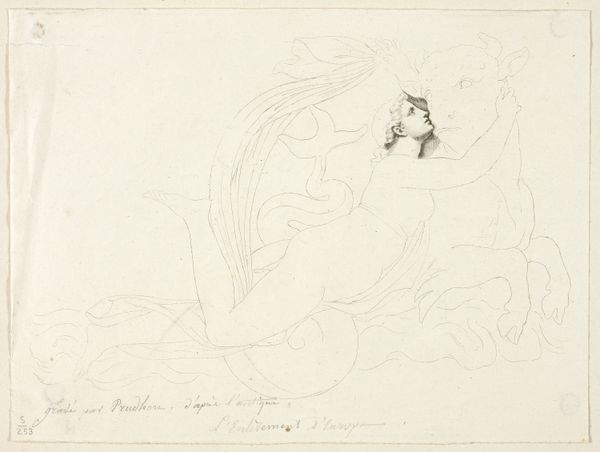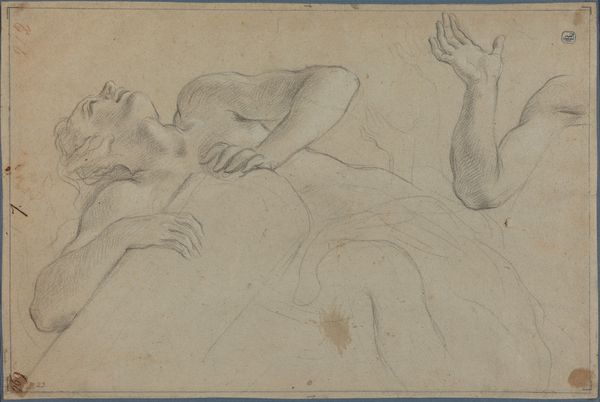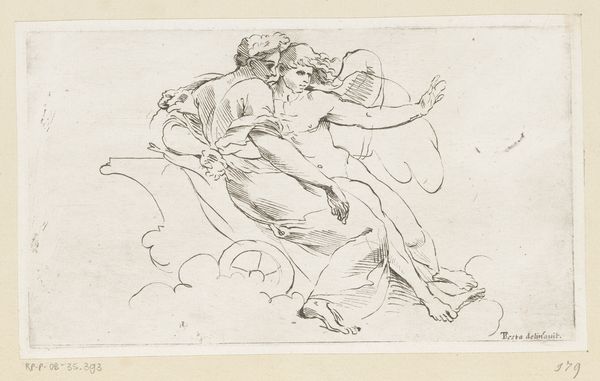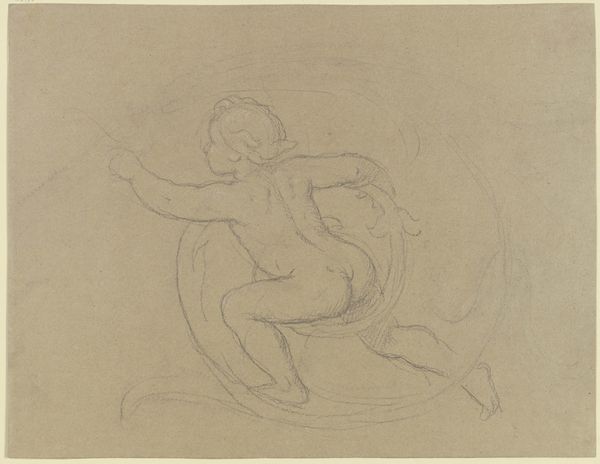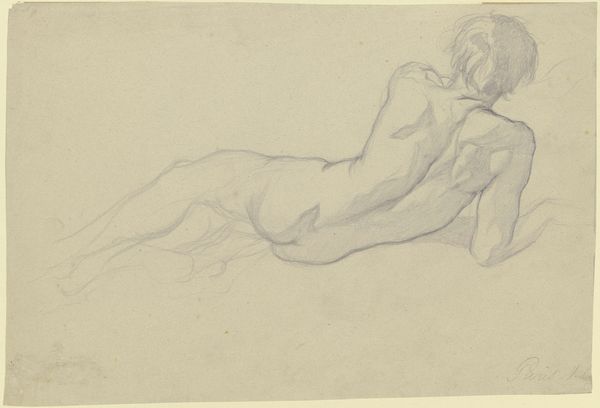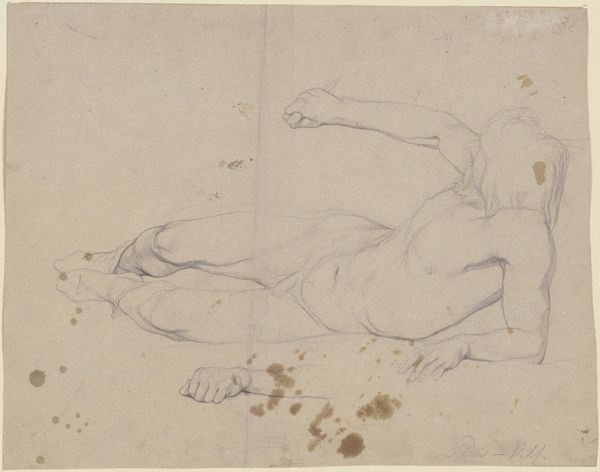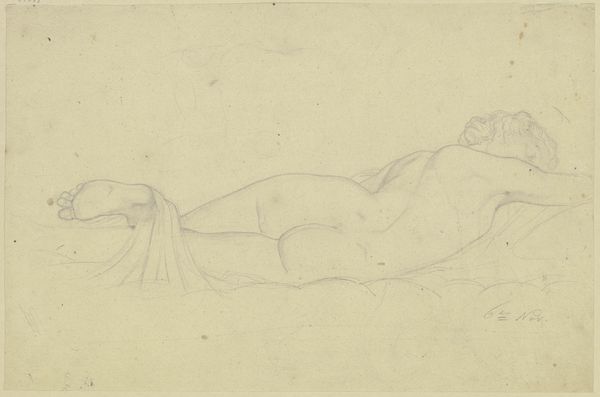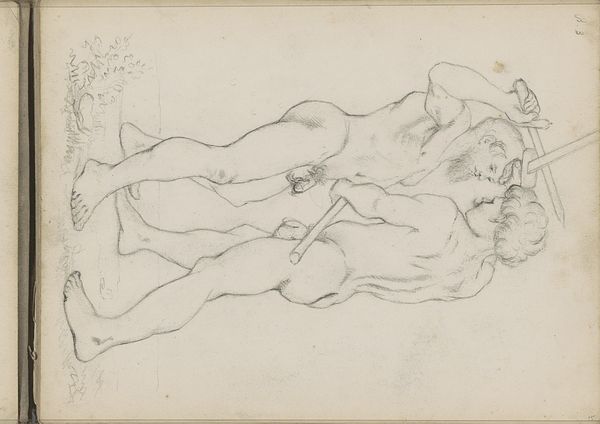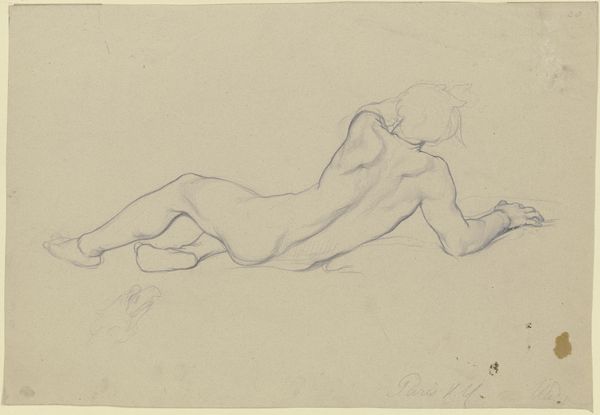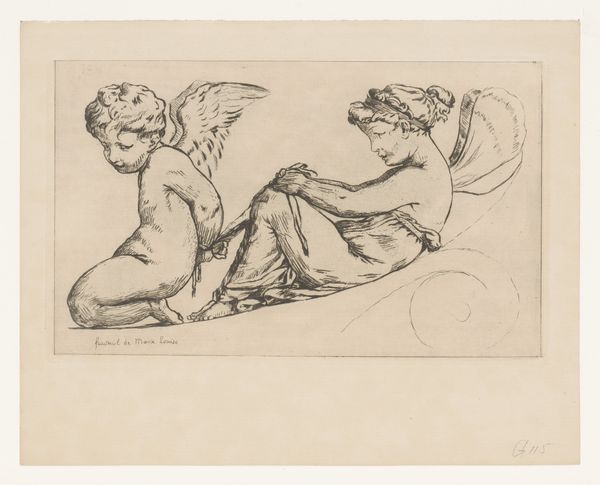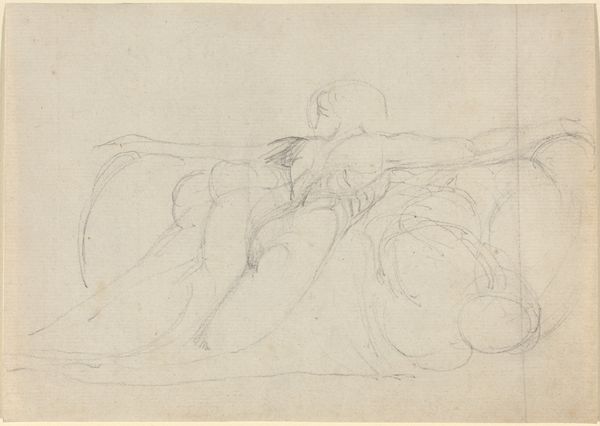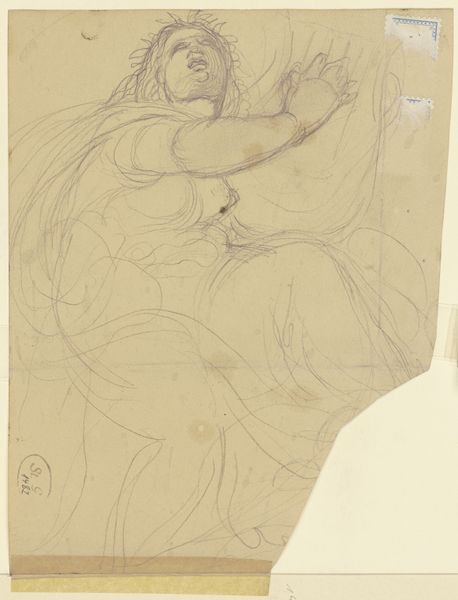
drawing, print, etching, paper, pencil
#
drawing
#
allegory
# print
#
etching
#
figuration
#
paper
#
pencil
#
nude
Dimensions: 135 × 180 mm (plate); 180 × 270 mm (sheet)
Copyright: Public Domain
Pierre-Paul Prud'hon made this etching of "The Abduction of Europa" in France, sometime around the late 18th or early 19th century. It depicts a scene from Greek mythology. Here, Zeus, disguised as a bull, carries Europa away. What does it mean that Prud'hon and his contemporaries were so fascinated by such stories? Well, in post-revolutionary France, artists were looking back to the classical world for models of beauty, order, and heroism. This etching, with its emphasis on flowing lines and idealized forms, reflects that classical revival. But it also speaks to the era's fascination with power, desire, and transformation. Was this a progressive step, or a conservative one? As art historians, we can look at the imagery, Prud'hon's other works, and the writings of his time to better understand the social and institutional context in which this print was made. The meaning of art is always contingent on the social forces that shape its production and reception.
Comments
No comments
Be the first to comment and join the conversation on the ultimate creative platform.
